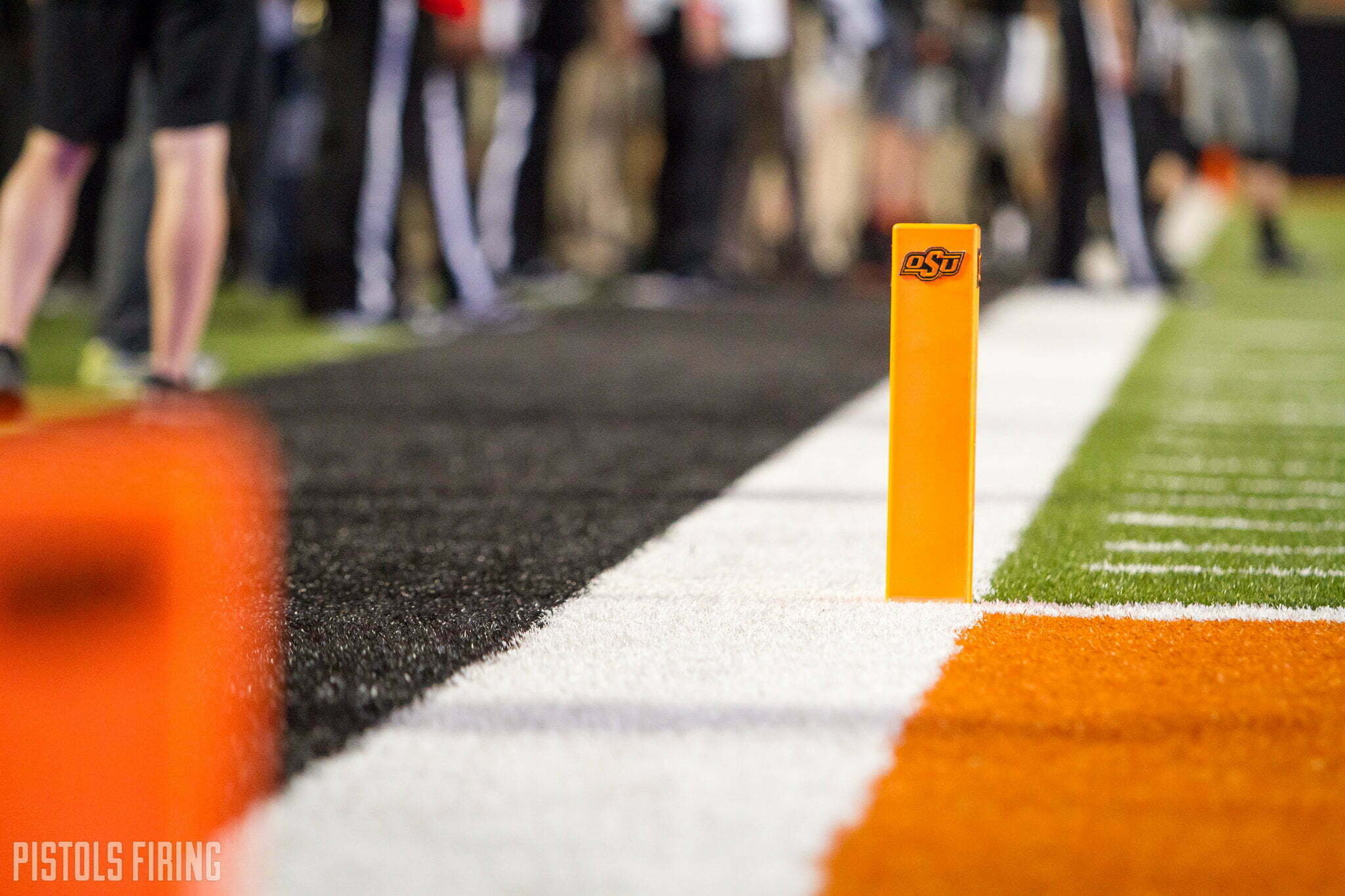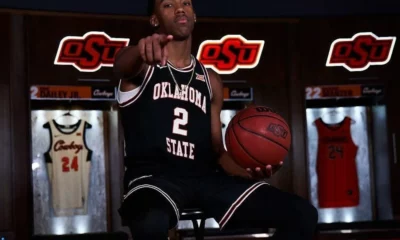Football
NCAA Division I Council Votes to Endorse Radical Change to Transfer Landscape
This could spur a ton of player movement.

The transfer market in college athletics already has a strong odor of free agency to it, and one new proposal to transfer rules — discussed by the NCAA’s Transformation Committee and formally endorsed on Wednesday by the Division I council — could in effect make college athletes into free agents on a year-to-year basis.
The plan, as the NCAA laid out in a lengthy press release on Wednesday, would effectively do away with student-athletes having to request waivers to play immediately after their second transfers — essentially guaranteeing immediate eligibility even after their first time (as part of the NCAA’s already-instituted one-time transfer rule with no repercussions).
Here’s more on that.
Finally, the Council endorsed a concept that would eliminate the blanket rule prohibiting transferring more than once. The concept would also implement transfer portal “entry windows,” or periods of time in which student-athletes must provide their school with written notification of transfer to be eligible to compete immediately the following academic year.
For winter and spring sports, students could provide written notification of transfer the day after NCAA championship selections in that sport for 60 calendar days. In fall sports, two separate windows would provide a total of 60 calendar days. The first window would be 45 days beginning the day following championship selection and the second would be from May 1 to May 15. Reasonable accommodations will be made for participants in the Football Bowl Subdivision and Football Championship Subdivision championship games.
The proposals, which will next move to the NCAA Board of Directors for a vote, also include providing support for players’ health, safety and well-being, paying for items to support their academics, purchasing insurance, and funding participation for training, tryouts and competition, the NCAA said.
“Members expressed some concern about some details related to implementation of the transfer changes; although, most of the Council agreed the concepts will improve the transfer environment,” the NCAA said in the conclusion of its release.
Banning the waiver process altogether and allowing players to move freely year to year with no sit-out periods sounds on its face a mess, but this has mostly been adopted in recent years. Players who apply for waivers after a second transfer are often granted it, and those that aren’t question the reasoning — sometimes with the perception that decisions are not applied evenly or fairly.
Will it change college football and college athletics significantly? That’s probably too soon to answer, of course, since it hasn’t even been adopted into policy yet. But if it is, it will likely make player movement an even more frequent occurence.

-

 Football3 days ago
Football3 days agoFour-Star Quarterback Adam Schobel Commits to Oklahoma State, Flips from Baylor
-

 Hoops3 days ago
Hoops3 days ago‘Keep Turning Over the Rocks’: Looking at the Portal Landscape as Lutz Looks to Solidify His First OSU Roster
-

 Hoops3 days ago
Hoops3 days agoFour-Star Signee Jeremiah Johnson Reaffirms Commitment to Oklahoma State after Coaching Change
-

 Daily Bullets3 days ago
Daily Bullets3 days agoDaily Bullets (Apr. 23): Pokes Land Four-Star Quarterback, Retain Talent from Mike Boynton Era






